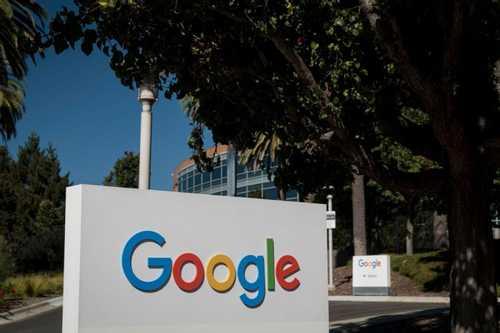Why Silicon Valley's Optimization Mindset Sets Us Up for Failure
Curated from: time.com
Ideas, facts & insights covering these topics:
5 ideas
·12 reads
Explore the World's Best Ideas
Join today and uncover 100+ curated journeys from 50+ topics. Unlock access to our mobile app with extensive features.
I n 2013 a Silicon Valley software engineer decided that food is an inconvenience—a pain point in a busy life. Buying food, preparing it, and cleaning up afterwards struck him as an inefficient way to feed himself. And so was born the idea of Soylent, Rob Rhinehart’s meal replacement powder
ROB REICH
1
7 reads
Soylent may optimize meeting one’s daily nutritional needs with minimal cost and time investment. But for most people, food is not just a delivery mechanism for one’s nutritional requirements. It brings gustatory pleasure. It provides for social connection. It sustains and transmits cultural identity. A world in which Soylent spells the end of food also spells the degradation of these values.
ROB REICH
1
3 reads
That mindset is inculcated early in the training of technologists. When developing an algorithm, computer science courses often define the goal as providing an optimal solution to a computationally-specified problem. And when you look at the world through this mindset, it’s not just computational inefficiencies that annoy. Eventually, it becomes a defining orientation to life as well. As one of our colleagues at Stanford tells students, everything in life is an optimization problem.
ROB REICH
1
2 reads
The problem here is that goals such as connecting people, increasing human flourishing, or promoting freedom, equality, and democracy are not goals that are computationally tractable. Technologists are always on the lookout for quantifiable metrics. Measurable inputs to a model are their lifeblood, and the need to quantify produces a bias toward measuring things that are easy to quantify.
ROB REICH
1
0 reads
The bottom line is that technology is an explicit amplifier . It requires us to be explicit about the values we want to promote and how we trade-off between them, because those values are encoded in some way into the objective functions that are optimized. And it is an amplifier because it can often allow for the execution of a policy far more efficiently than humans. For example, with current technology we could produce vehicles that automatically issue speeding tickets whenever the driver exceeded the speed limit
ROB REICH
1
0 reads
IDEAS CURATED BY
Iris Nishimoto's ideas are part of this journey:
Learn more about remotework with this collection
The differences between Web 2.0 and Web 3.0
The future of the internet
Understanding the potential of Web 3.0
Related collections
Similar ideas
6 ideas
We’re Optimizing Ourselves to Death
medium.com
5 ideas
3 Mindsets High-Performing Business Leaders Use to Create Growth
entrepreneur.com
2 ideas
Personal Values: A Research-Backed Way to Manage Stress
jamesclear.com
Read & Learn
20x Faster
without
deepstash
with
deepstash
with
deepstash
Personalized microlearning
—
100+ Learning Journeys
—
Access to 200,000+ ideas
—
Access to the mobile app
—
Unlimited idea saving
—
—
Unlimited history
—
—
Unlimited listening to ideas
—
—
Downloading & offline access
—
—
Supercharge your mind with one idea per day
Enter your email and spend 1 minute every day to learn something new.
I agree to receive email updates
